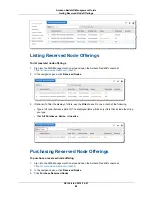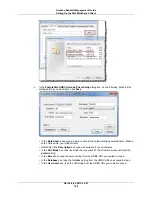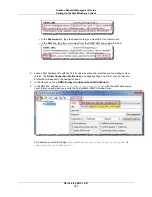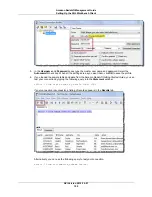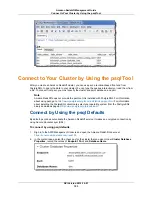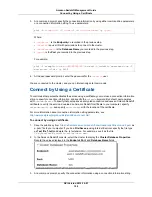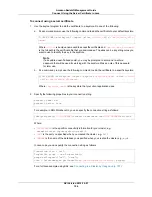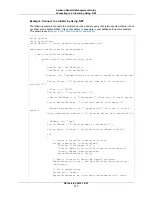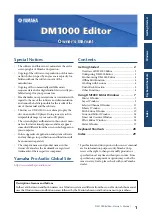
Setting Up the SQL Workbench Client
After you create an Amazon Redshift cluster, you can use SQL client tools to connect to the cluster using
standard PostgreSQL JDBC or ODBC drivers. If you have a business intelligence application or any other
application that can connect to your clusters using standard PostgreSQL JDBC or ODBC driver, then you
can skip this section. If you don't already have an application that can connect to your cluster, this section
presents one option for doing so.
The Amazon Redshift Getting Started Guide uses SQL Workbench/J, a free, DBMS-independent,
cross-platform SQL query tool that you can use to connect to your cluster. In this section, we explain in
detail how to connect to your cluster by using SQL Workbench/J.
To set up SQL Workbench/J
1.
Go to the
SQL Workbench/J
website and download the appropriate package for your operating
system.
2.
Go to the
Installing and starting SQL Workbench/J
. Follow the instructions for installing SQL
Workbench/J on your system.
Note
SQL Workbench/J requires the Java Runtime Environment (JRE) be installed on your system.
Ensure you are using the correct version of the JRE required by the SQL Workbench/J
client. To determine which version of the Java Runtime Environment is running on your
system, do one of the following:
• Mac: In the System Preferences, click the Java icon.
• Windows: In the Control Panel, click the Java icon.
• Any system: Type
java -version
in a command shell. You can also visit
http://www.java.com
, click the
Do I Have Java?
link, and click on the Verify Java button.
For information about installing and configuring the Java Runtime Environment, go to
http://www.java.com
.
3.
Download a driver that will enable SQL Workbench/J to connect to your cluster. You can use either
of the following JDBC or ODBC drivers. Store the driver in a suitable location on your system.
Currently, Amazon Redshift supports the following version 8 JDBC and ODBC drivers.
API Version 2012-12-01
96
Amazon Redshift Management Guide
Setting Up the SQL Workbench Client



